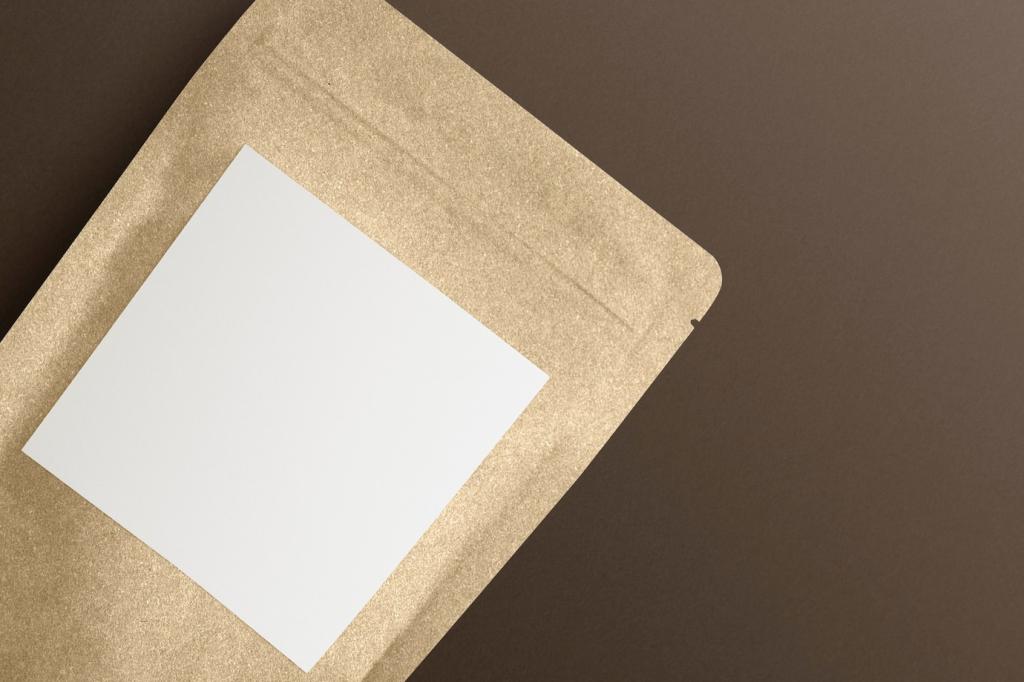This website uses cookies so that we can provide you with the best user experience possible. Cookie information is stored in your browser and performs functions such as recognising you when you return to our website and helping our team to understand which sections of the website you find most interesting and useful.

Eco-Friendly Building Materials
Eco-friendly building materials represent a significant shift in the architecture and construction industries, focusing on sustainability and environmental responsibility. These materials minimize harmful impacts on the planet by reducing waste, conserving natural resources, and improving energy efficiency. Choosing eco-friendly options contributes to healthier living spaces, better air quality, and a reduction in carbon footprints. As climate concerns grow and regulations tighten, sustainable building materials are becoming essential for both new developments and renovations. Understanding these materials, their benefits, and applications is crucial for builders, architects, and consumers dedicated to creating greener, more sustainable environments.
Renewable Resources
Bamboo
Cork
Reclaimed Wood

Energy-Efficient Insulation
Sheep’s Wool
Cellulose Insulation
Cork Insulation


